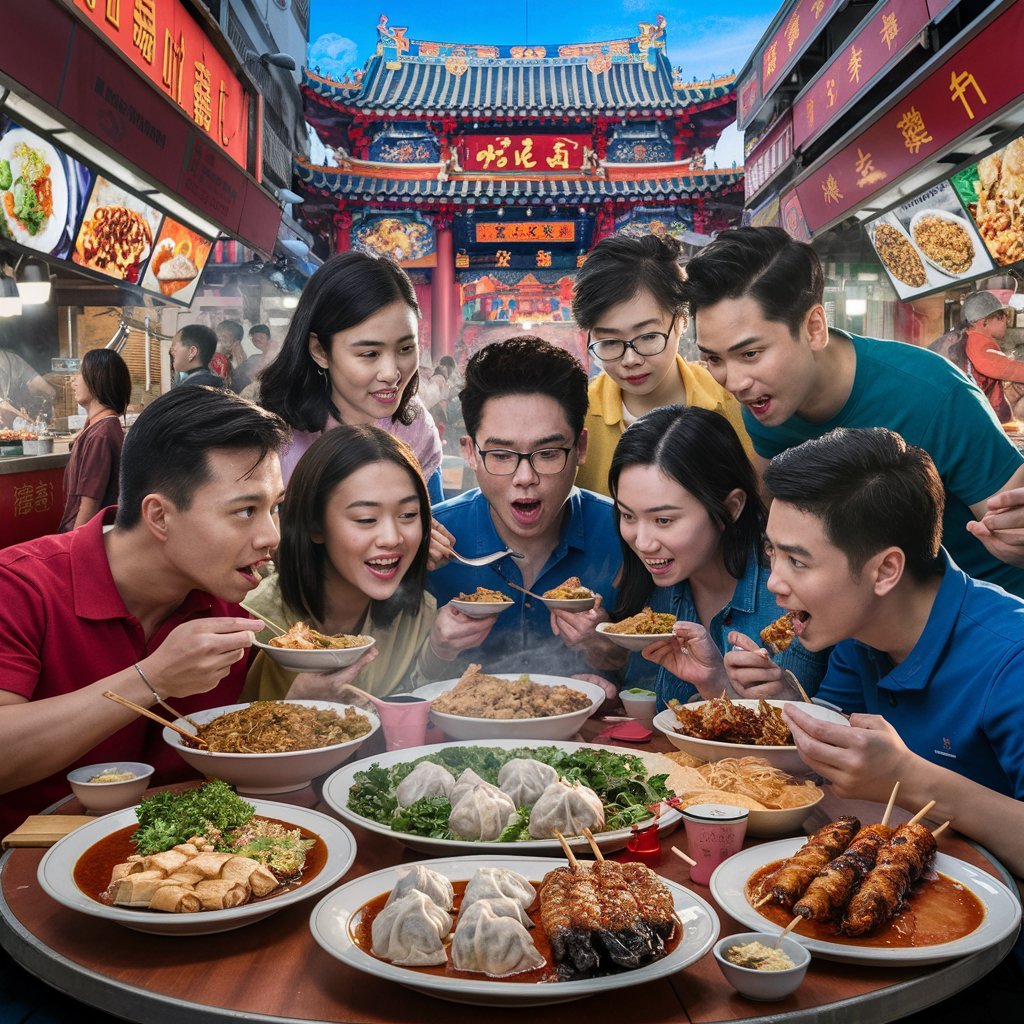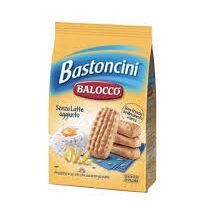
Chinatown hawker leftovers consumption centers are bustling hubs of culinary tradition, serving everything from steaming bowls of noodles to crispy roast duck. However, behind the vibrant food culture lies a growing issue—food waste. Every day, countless plates of uneaten dishes and unsold ingredients are discarded, contributing to environmental strain and economic loss. This article explores the complex dynamics of leftover consumption in Chinatown hawker stalls, examining the cultural, economic, and sustainability aspects of this often-overlooked issue. From grassroots initiatives to innovative redistribution programs, we will delve into how communities are tackling hawker food waste while honoring the heritage of these iconic food centers.
1. The Scale of Hawker Food Waste in Chinatown
The sheer volume of leftovers generated in Chinatown’s hawker centers is staggering, with vendors and patrons collectively contributing to hundreds of kilograms of discarded food daily. Much of this waste comes from unsold dishes at closing time, customer plate waste, and excess ingredients that lose freshness. Unlike restaurants with precise reservation systems,
hawkers often prepare large batches of food based on rough estimates, leading to inevitable surplus. Additionally, traditional practices—such as serving generous portions to reflect hospitality—further exacerbate the problem. While some leftovers are repurposed into new dishes the next day, food safety regulations and customer expectations limit this practice. Understanding the magnitude of this issue is the first step toward developing effective solutions that balance practicality with sustainability.
2. Cultural Perspectives on Leftovers in Chinese Dining
Food holds deep cultural significance in Chinese communities, where concepts like “惜福” (cherishing blessings) discourage waste, yet hawker centers still grapple with excess. Historically, leftovers were minimized through practices like “打包” (takeaway) or transformed into next-day meals like fried rice or congee. However, modern fast-paced lifestyles and the rise of food delivery apps have shifted consumption habits, making it easier for customers to leave unfinished meals behind.
Some elderly hawkers adhere to traditional thriftiness, creatively repurposing scraps into stocks or fillings, while younger vendors, constrained by time and hygiene standards, often discard unsold food. Bridging this generational gap in food waste attitudes is crucial for preserving Chinatown’s culinary heritage while adapting to contemporary sustainability demands.
3. Grassroots Initiatives: How Communities Are Fighting Hawker Waste
Across Chinatown, local organizations and environmentally conscious vendors are pioneering innovative ways to reduce leftovers. Some initiatives include:
-
Food rescue programs, where volunteers collect unsold hawker meals at closing time and redistribute them to shelters and low-income families.
-
“Ugly food” stalls, selling imperfect but edible ingredients at discounted prices to prevent them from being trashed.
-
Digital platforms connecting hawkers with last-minute customers to sell surplus dishes at reduced rates before closing.
-
Composting collaborations, where organic waste from hawker centers is converted into fertilizer for urban gardens.
These efforts not only minimize waste but also strengthen community bonds, proving that sustainability and tradition can coexist.
4. The Economic Impact of Leftovers on Hawker Livelihoods
For hawkers operating on razor-thin profit margins, food waste directly affects their bottom line. Ingredients make up a significant portion of their expenses, and unsold dishes mean lost revenue. Some vendors adjust by cooking smaller batches, but this risks selling out early and disappointing customers—a delicate balance between waste reduction and business viability.
Additionally, stricter food safety regulations discourage practices like reheating leftovers, forcing hawkers to discard usable food. However, emerging solutions—such as dynamic pricing apps that discount meals nearing closing time—help recoup costs while feeding budget-conscious diners. Addressing hawker waste isn’t just an environmental issue; it’s a financial necessity for preserving these small businesses.
5. The Future of Sustainable Hawker Dining
As awareness of food waste grows, Chinatown’s hawker culture stands at a crossroads between tradition and innovation. Potential advancements include:
-
AI-powered inventory systems to help vendors predict demand and minimize overproduction.
-
Government incentives for hawkers who adopt composting or donation programs.
-
Educational campaigns teaching customers to order mindfully and embrace “ugly” but delicious dishes.
-
Expansion of food-sharing networks, linking hawker centers with food banks and community fridges.
By integrating these strategies, Chinatown can lead the way in sustainable street food culture, ensuring that its iconic hawker legacy thrives without costing the planet.
Conclusion: A Balanced Approach to Hawker Leftovers
Chinatown’s hawker leftovers present both a challenge and an opportunity—one that intertwines cultural values, economic survival, and environmental responsibility. While eliminating waste entirely may be unrealistic, a combination of community-driven initiatives, smart technology, and mindful consumption can significantly reduce the ecological footprint of these beloved food hubs.
The key lies in respecting the heritage of hawker cuisine while embracing progressive solutions that benefit vendors, diners, and the planet alike. As Chinatown evolves, its approach to leftovers could serve as a model for food sustainability in urban centers worldwide.




